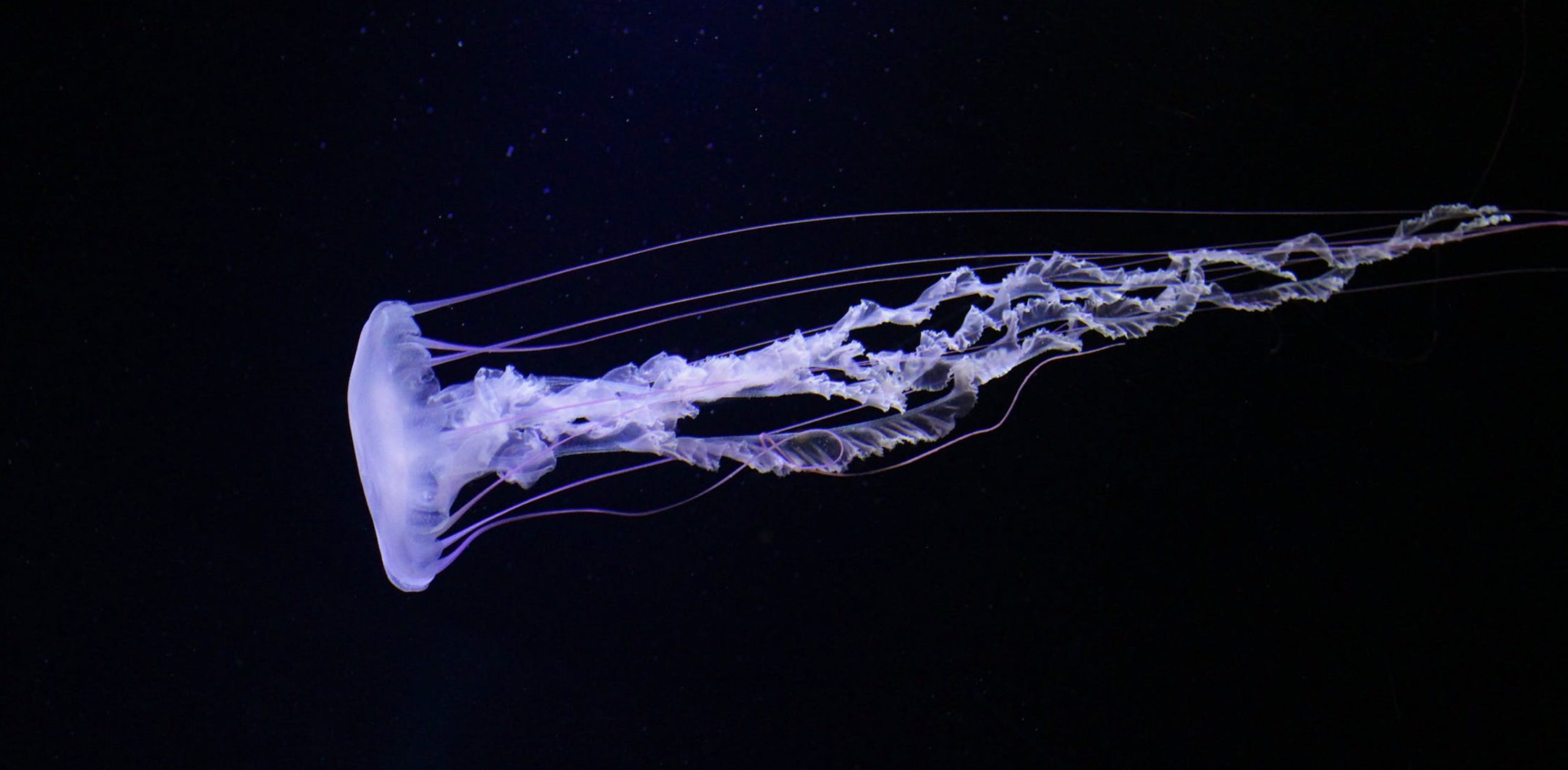
First Aid for Cnidarian Envenomations
Cnidarians are a group of aquatic organisms that are largely able to envenom. These include a range of creatures, from jellyfish to corals. An article in Toxins about the most effective treatments for cnidarian envenomations has attracted attention in the first-aid community.
Abstract about cnidarian envenomations
Dealing with cnidarian envenomations is a public health concern. From the article,
Cnidarian envenomations are an important public health problem, responsible for more deaths than shark attacks annually. For this reason, optimization of first-aid care is essential. According to the published literature, cnidarian venoms and toxins are heat labile at temperatures safe for human application, which supports the use of hot-water immersion of the sting area(s).
As such, the debate about the best options for care in the case of envenomation are ongoing. The abstract of the article continues:
However, ice packs are often recommended and used by emergency personnel. After conducting a systematic review of the evidence for the use of heat or ice in the treatment of cnidarian envenomations, we conclude that the majority of studies to date support the use of hot-water immersion for pain relief and improved health outcomes.
Using vinegar on cnidarian tentacles
Even thought there is a medical urgency from cubozoan envenomations, first-aid recommendations continue to be needed. In an article on experimental assays to assess the efficacy of vinegar on cubozoan (Alatina alata) tentacles, methods to deal with these questions are discussed.
The article’s abstract discusses a few things:
[Including] ineffective and contradictory first-aid management recommendations persist[ing].
The abstract further notes that,
A critical barrier to progress has been the lack of readily available and reproducible envenomation assays that (1) recapitulate live-tentacle stings; (2) allow quantitation and imaging of cnidae discharge; (3) allow primary quantitation of venom toxicity; and (4) employ rigorous controls.
Going in to more depth, the authors introduce additional information about envenomation and of existing methods to address them.
We report the implementation of an integrated array of three experimental approaches designed to meet the above-stated criteria. Mechanistically overlapping, yet distinct, the three approaches comprised (1) direct application of test solutions on live tentacles (termed tentacle solution assay, or TSA) with single image- and video-microscopy; (2) spontaneous stinging assay using freshly excised tentacles overlaid on substrate of live human red blood cells suspended in agarose (tentacle blood agarose assays, or TBAA); and (3) a “skin” covered adaptation of TBAA (tentacle skin blood agarose assay, or TSBAA). We report the use and results of these assays to evaluate the efficacy of topical first-aid approaches to inhibit tentacle firing and venom activity. TSA results included the potent stimulation of massive cnidae discharge by alcohols but only moderate induction by urine, freshwater, and “cola” (carbonated soft drink). Although vinegar, the 40-year field standard of first aid for the removal of adherent tentacles, completely inhibited cnidae firing in TSA and TSBAA ex vivo models, the most striking inhibition of both tentacle firing and subsequent venom-induced hemolysis was observed using newly-developed proprietary formulations (Sting No More™) containing copper gluconate, magnesium sulfate, and urea.
Knowing this information would be helpful. Because vinegar has been used in the treatment of stings for a great many years, understanding its efficacy is important. Are new methods more effective than
First aid implications for cnidarian envenomations
Taken together, these two papers provide a two-step evidence-based update to cnidaria sting first-aid treatment:
- Vinegar rinse for live tentacle and shed cnidae removal. Vinegar safely prevents both chemically- and pressure-induced cnidae discharge and does not increase venom load, but decreases it, as demonstrated by a live red blood cell agar assay.
- Hot-water immersion for pain relief and improved health outcomes.
Further, evidence points to the efficacy of a new copper gluconate based cream to reduce venom based destruction of red blood cells and tissue.










